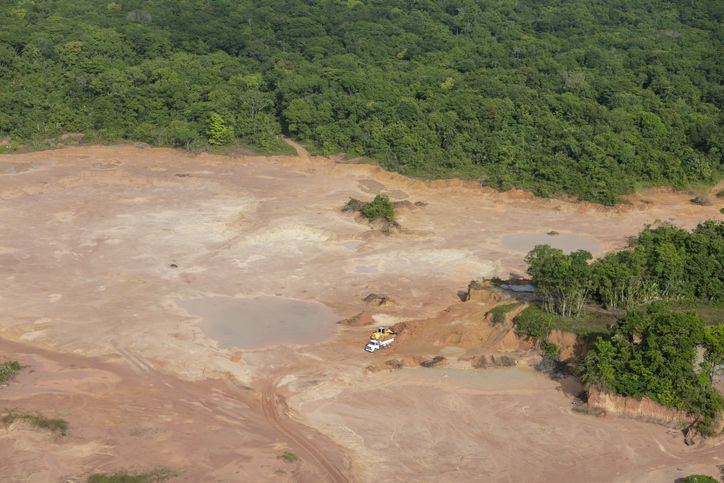“Biodiversity loss is one of the major global ecological threats expected to impact society in the coming decades,” said Carola van Lamoen, head of active ownership at Robeco.
Protecting biodiversity is one of five new themes in the Dutch asset manager’s 2020 engagement campaign, along with improving mining safety.
It comes as scientists recently declared that the Brazilian Amazon rainforest is teetering on the edge of destruction.
Tropical savanna
In a December 2019 article in Science Advances, titled Amazon tipping point: Last chance for action, the authors wrote that current deforestation is approaching 20% in the Brazilian Amazon.
Deforestation will lead to “staggering losses” of biodiversity; carbon; and, in turn, human well-being, they note.
“The increasing frequency of unprecedented droughts in 2005, 2010 and 2015/16 is signalling that the tipping point is at hand,” the authors say, which risks turning part of the forest into a tropical savanna.
Zero net deforestation
As part of its commitment, Robeco engages with companies on commodities such as soy, cocoa or palm oil.
The asset manager requires that the companies do an impact assessment of their operations and supply chains, as well as setting up plans to achieve zero net deforestation by 2023, Van Lamoen said.
“Investors are exposed to biodiversity loss predominantly through land use change as a result of deforestation through clearing land for expansion of agricultural production,” she explained.
Yet, Van Lamoen highlights that a large impact on food production would arise if species go extinct.
To pull the forest back from the brink of destruction, the authors of the Science Advances article call for the launch of a major reforestation project and a new vision to “eliminate illogical and short-sighted economies such as the unreliable monocultures of cattle, soybeans, and sugarcane”.







